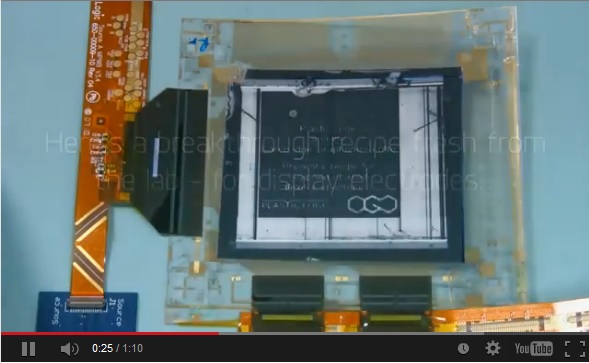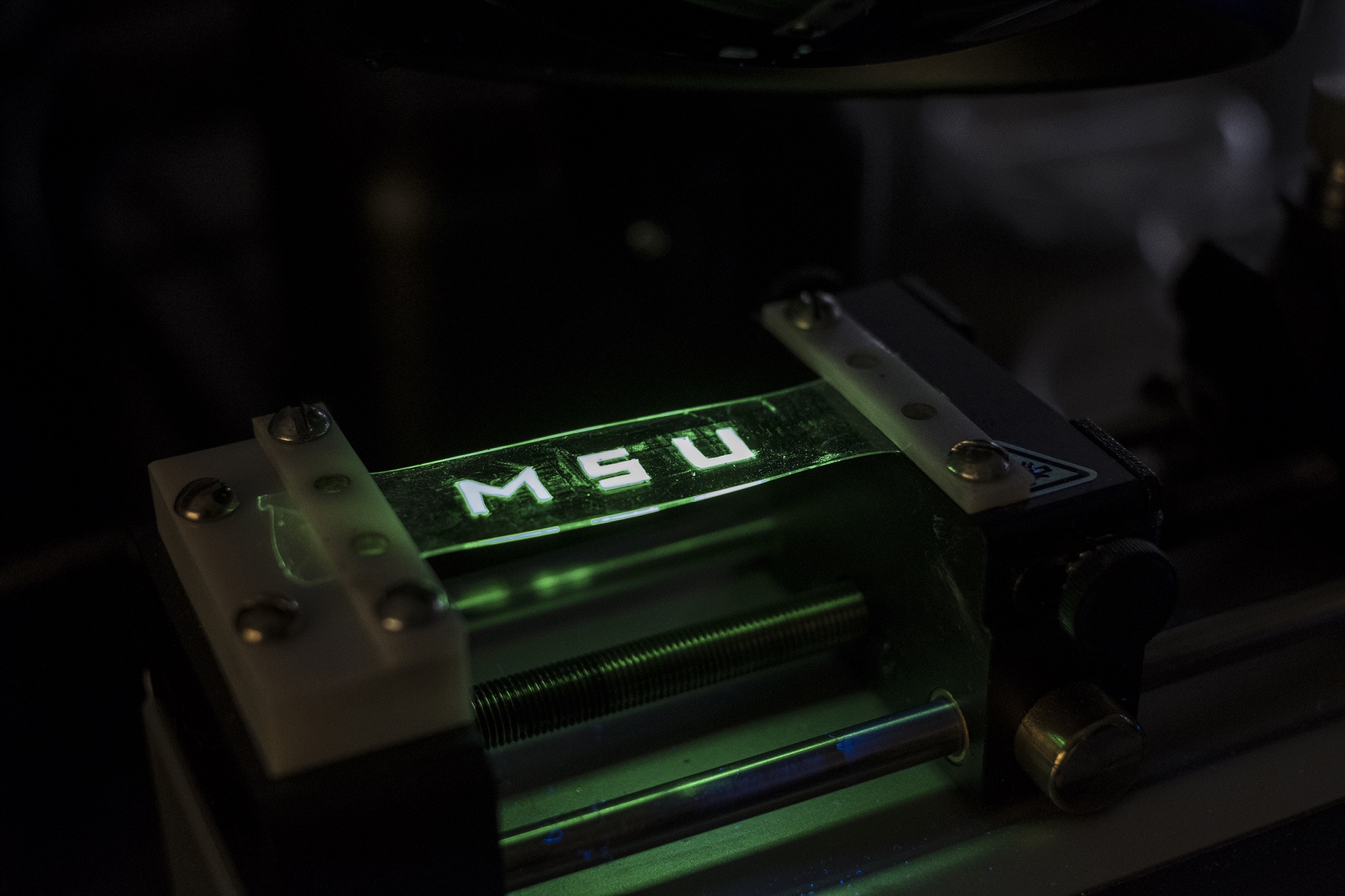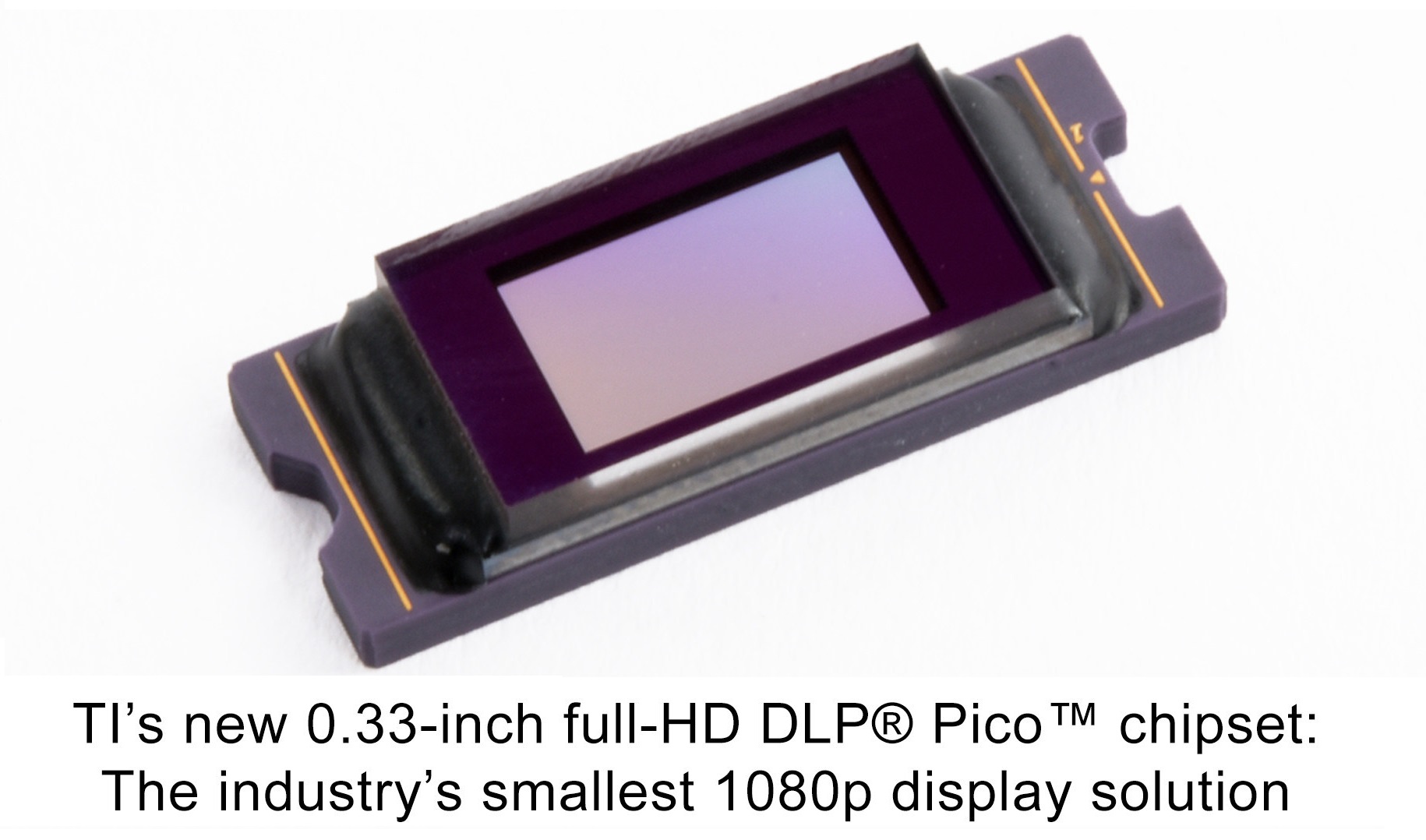05 Sep 2014
A flexible display incorporating graphene in its pixels’ electronics has been successfully demonstrated by the Cambridge Graphene Centre and Plastic Logic, the first time graphene has been used in a transistor-based flexible device.
The partnership between the two organisations combines the graphene expertise of the Cambridge Graphene Centre (CGC), with the transistor and display processing steps that Plastic Logic has already developed for flexible electronics. This prototype is a first example of how the partnership will accelerate the commercial development of graphene, and is a first step towards the wider implementation of graphene and graphene-like materials into flexible electronics.
Graphene is a two-dimensional material made up of sheets of carbon atoms. It is among the strongest, most lightweight and flexible materials known, and has the potential to revolutionise industries from healthcare to electronics.
The new prototype is an active matrix electrophoretic display, similar to the screens used in today’s e-readers, except it is made of flexible plastic instead of glass. In contrast to conventional displays, the pixel electronics, or backplane, of this display includes a solution-processed graphene electrode, which replaces the sputtered metal electrode layer within Plastic Logic’s conventional devices, bringing product and process benefits.
Graphene is more flexible than conventional ceramic alternatives like indium-tin oxide (ITO) and more transparent than metal films. The ultra-flexible graphene layer may enable a wide range of products, including foldable electronics. Graphene can also be processed from solution bringing inherent benefits of using more efficient printed and roll-to-roll manufacturing approaches.
The new 150 pixel per inch (150 ppi) backplane was made at low temperatures (less than 100°C) using Plastic Logic’s Organic Thin Film Transistor (OTFT) technology. The graphene electrode was deposited from solution and subsequently patterned with micron-scale features to complete the backplane.
For this prototype, the backplane was combined with an electrophoretic imaging film to create an ultra-low power and durable display. Future demonstrations may incorporate liquid crystal (LCD) and organic light emitting diodes (OLED) technology to achieve full colour and video functionality. Lightweight flexible active-matrix backplanes may also be used for sensors, with novel digital medical imaging and gesture recognition applications already in development.
“We are happy to see our collaboration with Plastic Logic resulting in the first graphene-based electrophoretic display exploiting graphene in its pixels’ electronics,” said Professor Andrea Ferrari, Director of the Cambridge Graphene Centre. “This is a significant step forward to enable fully wearable and flexible devices. This cements the Cambridge graphene-technology cluster and shows how an effective academic-industrial partnership is key to help move graphene from the lab to the factory floor.”
“The potential of graphene is well-known, but industrial process engineering is now required to transition graphene from laboratories to industry,” said Indro Mukerjee, CEO of Plastic Logic. “This demonstration puts Plastic Logic at the forefront of this development, which will soon enable a new generation of ultra-flexible and even foldable electronics”
This joint effort between Plastic Logic and the CGC was also recently boosted by a grant from the UK Technology Strategy Board, within the ‘realising the graphene revolution’ initiative. This will target the realisation of an advanced, full colour, OELD based display within the next 12 months.
The project is funded by the Engineering and Physical Sciences Research Council (EPSRC) and the EU’s Graphene Flagship.
This work is licensed under an attribution, noncommercial, share-alike Creative Commons Licence. The original article can be read at
www.cam.ac.uk/research
http://www.cam.ac.uk/research/news/first-graphene-based-flexible-display-produced















